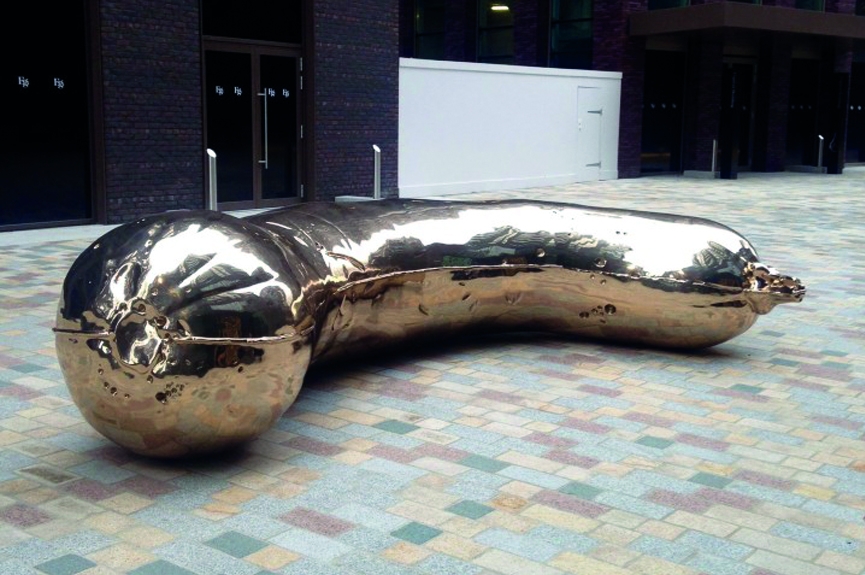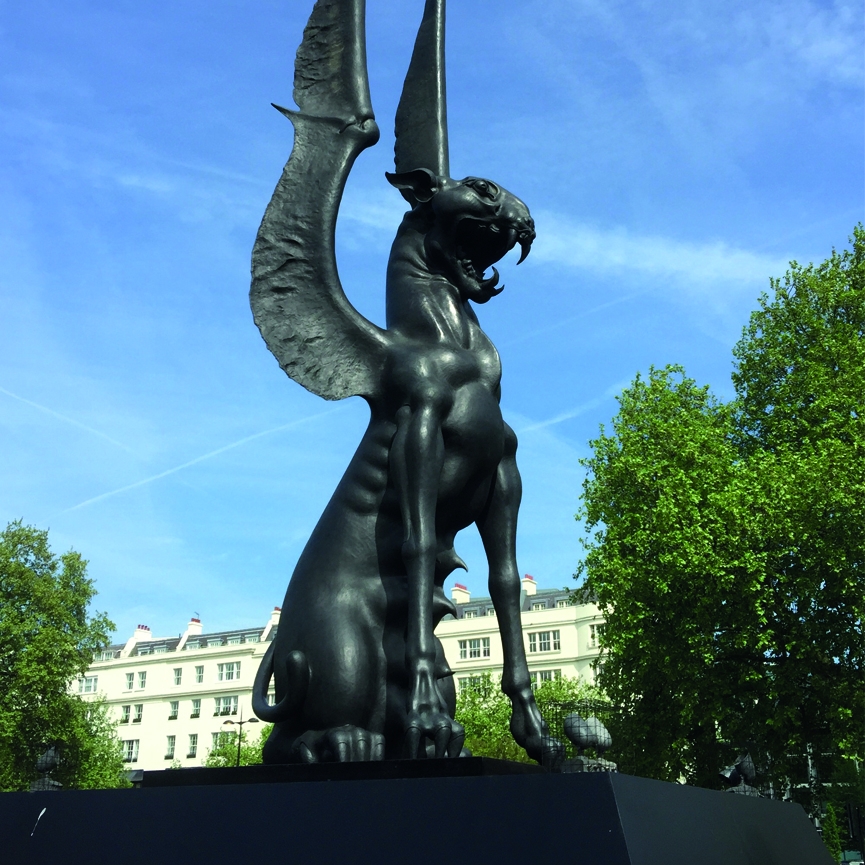Things we love
Don't lose sight of the Big Picture
I don’t hate public art per se, but I prefer cinema. I do, however, loathe bad public art – just as I dislike, and do my best to avoid, terrible films.
I’ll give credit to some public art. Take Anthony Gormley’s ‘Another Place’ and Damian Hirst’s ‘Verity’ – both are astounding works and certainly do have big ideas and a reason for being. But for every one that resonates, there are countless others that are, at best, the physical manifestation of a developer’s guilty conscience.
In a nutshell, I think most public art is dishonest. Failing to win public acceptance and, at the same time, coming up short in any reasonable test of what art might actually want to be.
Take Sarah Lucas’ bronze sculpture of a marrow at Embassy Gardens in Nine Elms. In a place where £50m penthouses are to be connected by glass-bottomed swimming pools, the developer Ballymore has succeeded in installing what looks like a ‘giant turd’ on the plaza. Esteemed British curator Norman Rosenthal’s only justification for selecting this piece for installation was to point out to disgruntled residents the development’s relatively close proximity to the UK’s largest vegetable wholesale market.

Unlike public art, cinema has always been an audience-focused medium. The ‘Underworld’ franchise might be the movie equivalent of a pop tart, but its box office figures prove that it knows what its fan base wants and continues to deliver.
Bertolt Brecht said “art is not a mirror held up to society but a hammer with which to shape it.” Cinema, a fusion of art, science and technology, more often than not, indicates the state of the development of a nation and its people. It’s one of the major driving forces of popular culture and has a very important role in the development of society.
